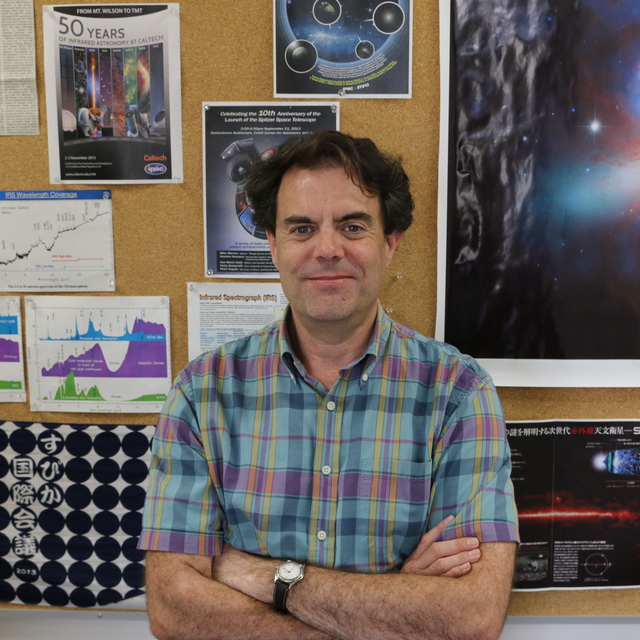November
2017
•
2017PASA...34...54G
Authors
•
González-Alfonso, E.
•
Armus, L.
•
Carrera, F. J.
•
Charmandaris, V.
•
Efstathiou, A.
•
Egami, E.
•
Fernández-Ontiveros, J. A.
•
Fischer, J.
•
Granato, G. L.
•
Gruppioni, C.
•
Hatziminaoglou, E.
•
Imanishi, M.
•
Isobe, N.
•
Kaneda, H.
•
Koziel-Wierzbowska, D.
•
Malkan, M. A.
•
Martín-Pintado, J.
•
Mateos, S.
•
Matsuhara, H.
•
Miniutti, G.
•
Nakagawa, T.
•
Pozzi, F.
•
Rico-Villas, F.
•
Rodighiero, G.
•
Roelfsema, P.
•
Spinoglio, L.
•
Spoon, H. W. W.
•
Sturm, E.
•
van der Tak, F.
•
Vignali, C.
•
Wang, L.
Abstract
•
A far-infrared observatory such as the SPace Infrared telescope for Cosmology and Astrophysics, with its unprecedented spectroscopic sensitivity, would unveil the role of feedback in galaxy evolution during the last 10 Gyr of the Universe (z = 1.5-2), through the use of far- and mid-infrared molecular and ionic fine structure lines that trace outflowing and infalling gas. Outflowing gas is identified in the far-infrared through P-Cygni line shapes and absorption blueshifted wings in molecular lines with high dipolar moments, and through emission line wings of fine-structure lines of ionised gas. We quantify the detectability of galaxy-scale massive molecular and ionised outflows as a function of redshift in AGN-dominated, starburst-dominated, and main-sequence galaxies, explore the detectability of metal-rich inflows in the local Universe, and describe the most significant synergies with other current and future observatories that will measure feedback in galaxies via complementary tracers at other wavelengths.
Links




